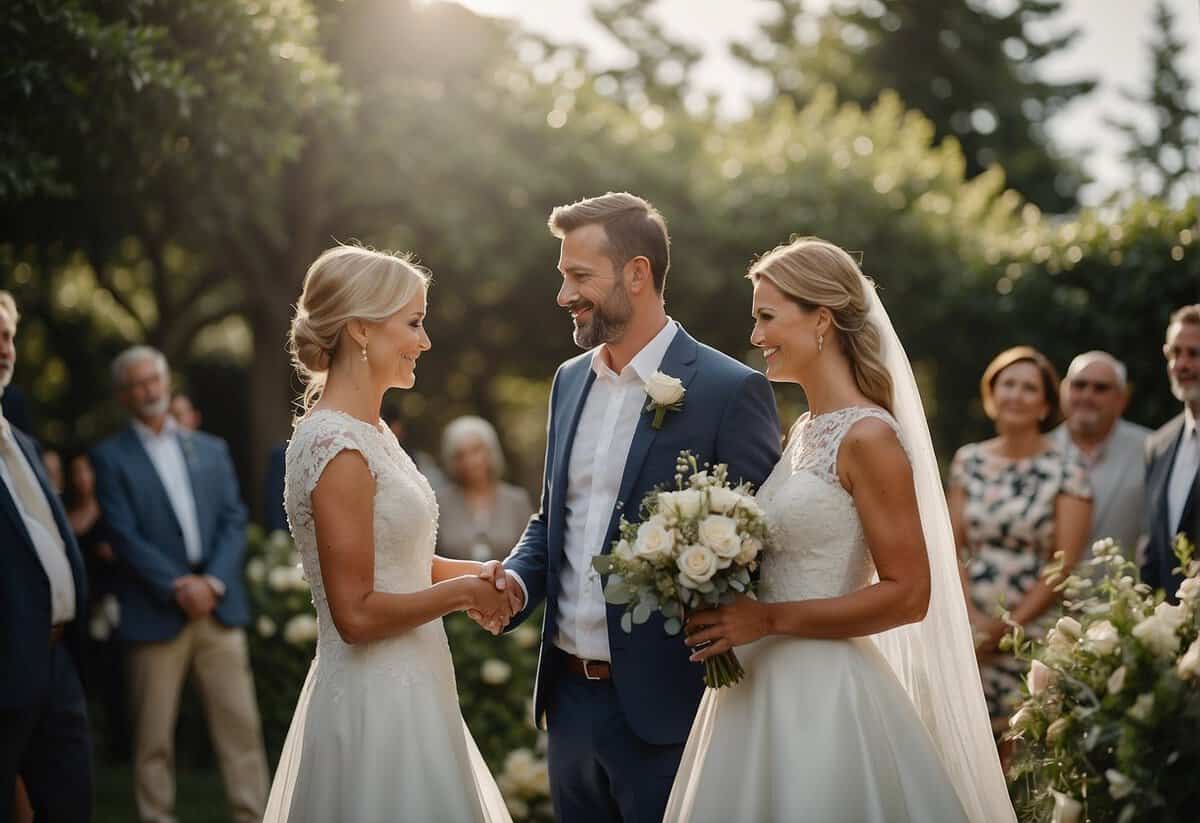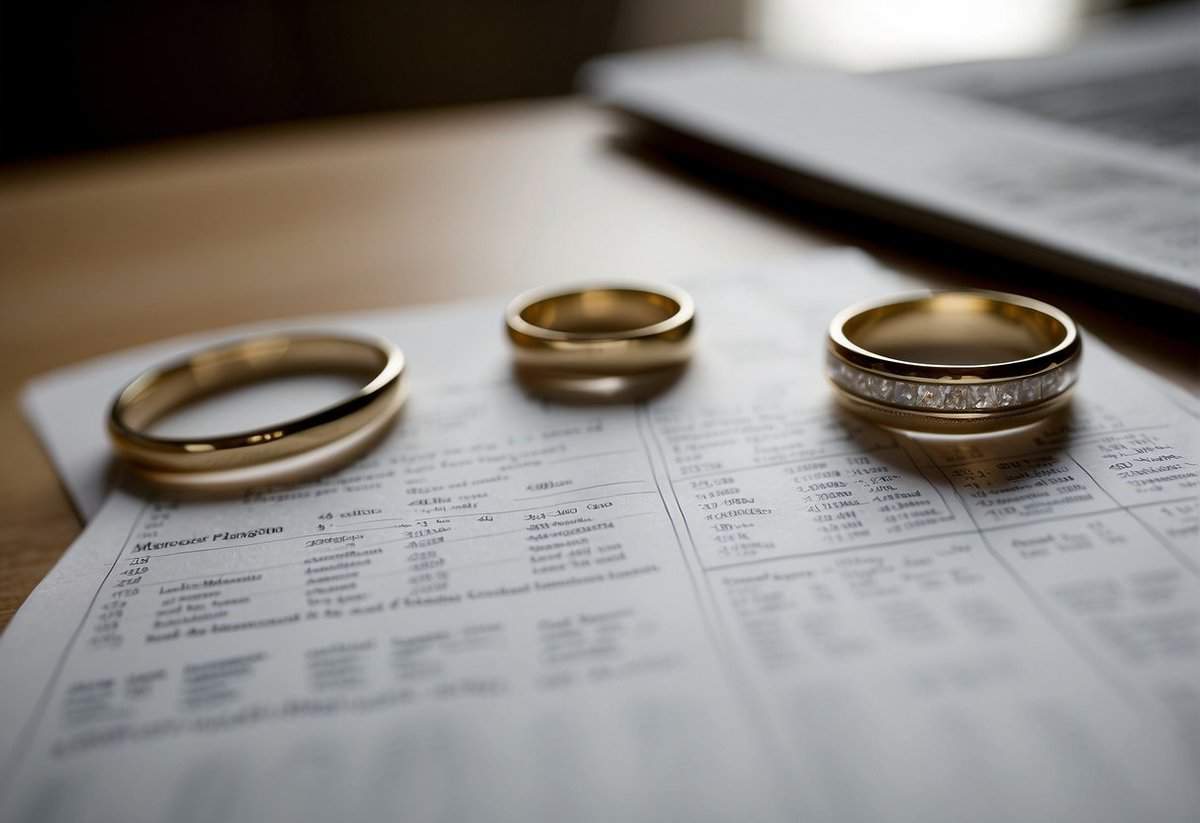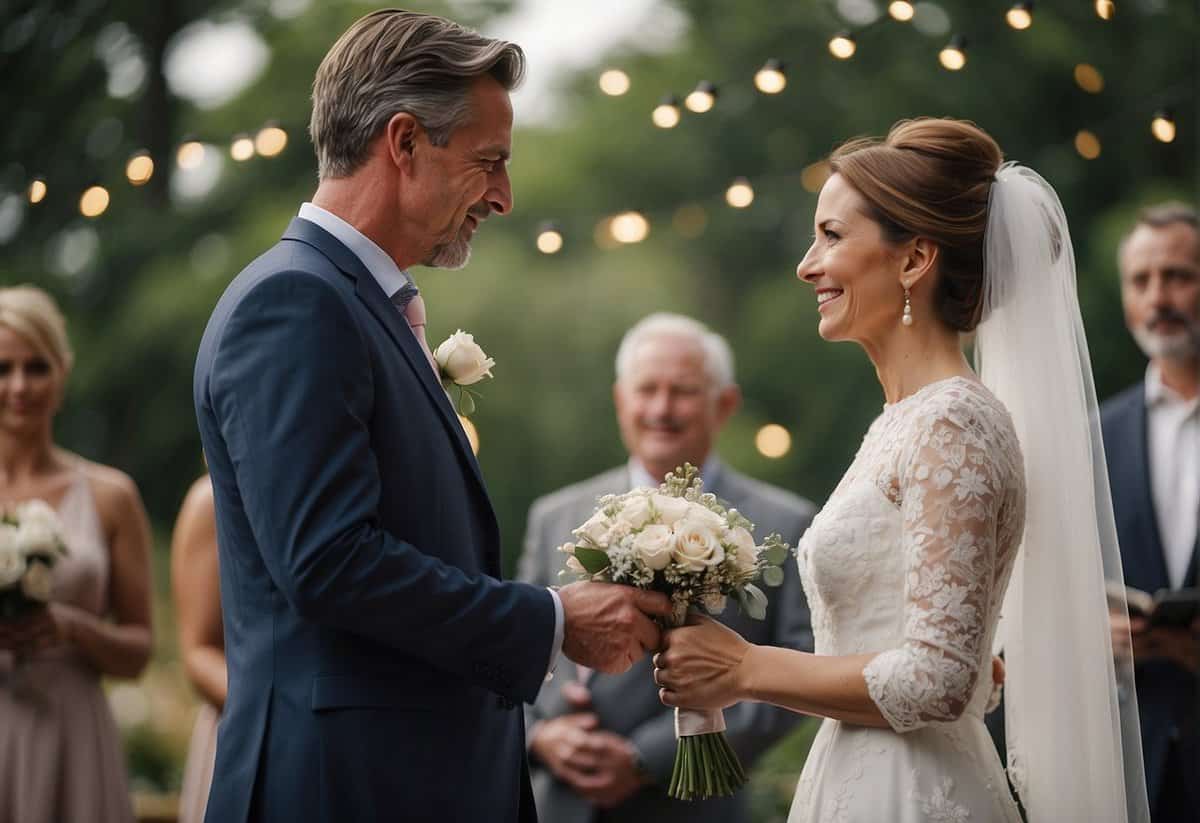How Many People Get Married in Their 40s? Unpacking Midlife Matrimony Trends
In recent years, the landscape of marriage in the United States has shifted, leading to an interesting trend: a rise in the number of people getting married in their 40s. The concept of marriage has traditionally been linked to younger adulthood, but factors such as career, education, and personal choice have encouraged many individuals to postpone this milestone. The marriage rates among 40-year-olds are on the increase, a significant change from past decades where getting hitched was often an earlier life event.

As society evolves, so do the demographics of marriage, with more people deciding that the fourth decade of life is the ideal time to tie the knot. This delay can be attributed to a variety of influences, including a focus on personal development and financial stability. While the idea of marrying later in life might not align with historical patterns, it reflects the current era where personal readiness and alignment of life goals take precedence over age.
Key Takeaways
- Marriage in the United States is increasingly being postponed until the 40s.
- A variety of factors, including career and personal growth, influence the decision to marry later.
- Marriage rates among 40-year-olds are rising, representing a shift in traditional marriage demographics.
Demographic Trends in Marriage

You are witnessing a significant shift in marriage patterns, especially when it comes to the age at which people are tying the knot. This section will unveil how these trends play out across different demographics in the United States.
Age and Marital Status
In recent years, you may have noticed more 40-year-old individuals celebrating their nuptials. Data indicates that a growing number of Americans in this age group are experiencing their first walk down the aisle. A notable increase in the share of never-married adults at age 40 has been documented, reflecting a broader societal trend of delaying marriage. For some context, a research piece has highlighted that compared to 1980, when only 6% of 40-year-olds had never been married, there’s been a dramatic climb in single status among this demographic.
Educational and Economic Factors
Your educational and economic standing can play a crucial role in your marriage timeline. Generally, those with higher levels of education, like a college degree, tend to marry later when compared to individuals who hold only a high school diploma. This delay often correlates with longer periods spent in the labor market and potentially higher earnings, which some argue provides a more stable foundation for marriage.
Diversity in Marriage Trends
The marriage landscape is not just altering with age and socio-economic factors, but also becoming more diverse. Today, same-sex married couples are recognized and counted by entities like the Census Bureau and American Community Survey, reflecting a broader acceptance of different family structures. Furthermore, diversity in marriage extends across gender, race, and ethnicity, with each group displaying unique trends and nuances in how marital life is approached and when it occurs.
By understanding these demographic trends, you gain insights into the complex fabric of societal changes and the evolving concept of marriage in contemporary America.
Influences on Later Marriage

When you consider tying the knot later in life, it’s often a decision influenced by a mix of social, career, and educational factors. Let’s take a closer look at each.
Social and Career Considerations
Career progression has become a significant factor for you and many other young adults considering marriage. In pursuit of stability and success, delaying marriage allows you to focus on your career without the added responsibilities that a marriage brings. The Pew Research Center has shown that societal shifts now favor cohabitation over marriage, particularly among young adults. This reflects a broader societal acceptance of relationships outside the traditional marriage framework.
Change in Relationship Dynamics
The dynamics of relationships have evolved. You may find that living with a romantic partner before marriage – cohabitation – is now more common. For some, an unmarried partner offers the same level of companionship and support as a spouse, which can also affect the decision to marry. A larger share of adults have cohabited than have been married, easing the societal pressure to marry by a certain age.
Education and Marriage Decisions
Your education level and that of your partner can influence the timing of your marriage. With a greater emphasis on educational attainment, you and many others are delaying marriage to prioritize time and resources on education. An advance in education often correlates with a delay in marriage – it’s not just about receiving a diploma from an institution, it’s about fully preparing for future career and economic prospects. This delay to focus on education is seen in both male and female young adults.
Statistical Insights and Studies

As you explore the topic of marriage in the 40s, it’s crucial for you to consider recent statistical findings. These key numbers shed light on how marital trends are evolving, especially with regard to the instance of individuals choosing to marry later in life.
Pew Research and Census Data
According to Pew Research Center, there’s been a significant shift in the marital patterns of 40-year-olds in the U.S. In 1980, only 6% of Americans at the age of 40 had never married. This figure reflects an era when marriage was generally expected to occur relatively early in adulthood. However, a trend of delayed marriage has been observed in those born from the 1960s onward. In more recent times, data has surfaced to show that not only are people delaying marriage, but a considerable segment may also be foregoing it entirely.
The U.S. Census Bureau reinforces this trend by revealing a steady increase in the median age at which individuals first marry. This suggests that marriage is no longer an early adult life event but rather one that many individuals approach later on, after pursuing other life goals such as career advancement or personal development.
Higher Education and Marital Trends
A correlation exists between higher education levels and marital decisions. It appears that individuals with higher degrees are more likely to delay marriage. The University of Virginia’s National Marriage Project studies suggest that well-educated individuals often postpone marriage for various reasons, including career focus and financial stability. The increasing prevalence of cohabitation over marriage, especially among those with higher educational attainment, is redefining relationship dynamics in your age group, pointing to a shift in societal norms around commitments and life structuring.
Frequently Asked Questions

Your curiosity about marriage trends, especially regarding the age at which people tie the knot, is well-founded. The questions below touch on aspects of marriage patterns, particularly for those in their forties.
What is the probability of finding a spouse after reaching the age of 40?
Though the likelihood can vary widely based on personal circumstances, it is increasingly common for individuals to find a spouse after 40. Many people are choosing to marry later in life for a variety of reasons.
Why has there been a decline in marriage rates in recent years?
Recent years have seen a shift in values, with many people placing greater emphasis on personal development and career goals, leading to declining marriage rates. Economic factors also play a significant role, as the financial stability required for marriage can take longer to achieve.
At what age do most people tend to get married?
Currently, the average age at which people get married has risen to the early thirties, a notable increase from previous decades. This shift reflects changing societal norms and economic conditions.
What factors contribute to some individuals never getting married?
A complex combination of elements such as personal choice, socio-economic factors, educational pursuits, and changing societal values can contribute to some individuals’ decisions to remain unmarried.
How has the average marriage age changed since the 1940s?
Since the 1940s, the average age of first marriage has risen significantly. Historical data indicates a trend toward marrying younger in the mid-20th century, but the current era reflects a noticeable shift towards older ages.
What percentage of people in their 40s remain unmarried?
An increasing percentage of individuals in their 40s are unmarried, with recent data pointing to a record high in this demographic. This mirrors broader demographic shifts across multiple age groups.
